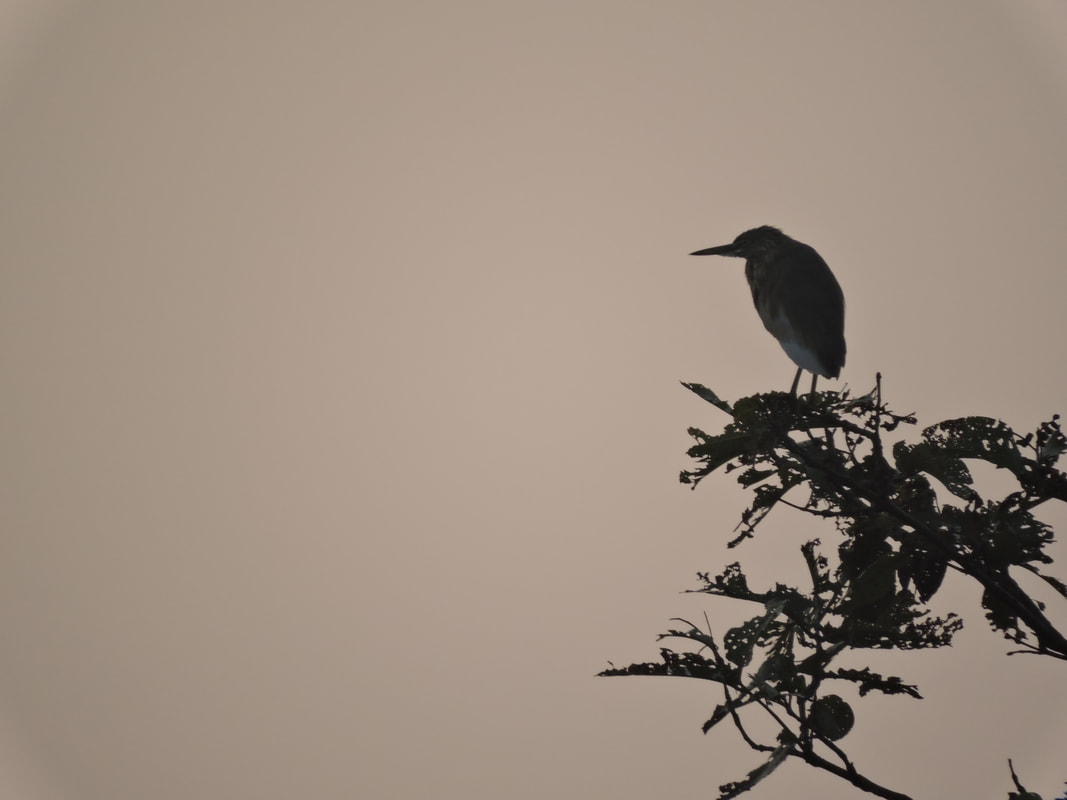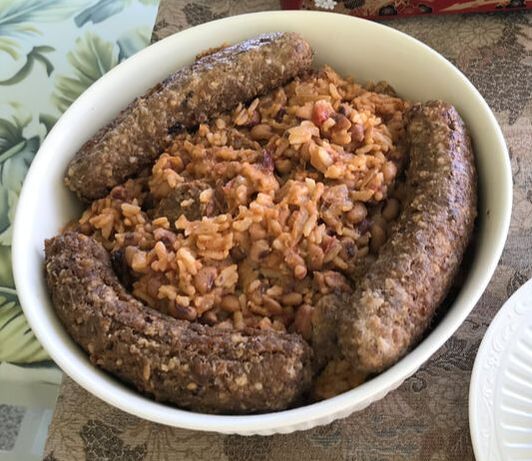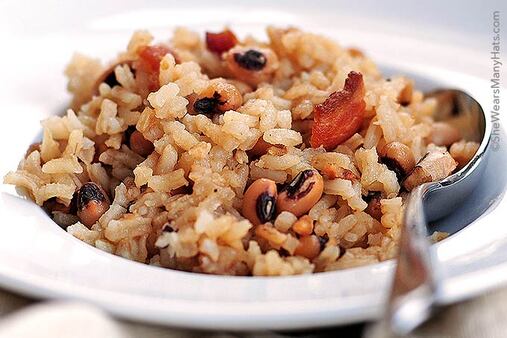|
The New Year
The winter solstice rolls by And the lean time comes When the Christmas tree turns brittle And drops its needles, The New Year’s rice cakes crack and start to grow mold And the last late holiday card arrived a week ago. January, then with its cold, feastless days Presents itself—unavoidable. And everywhere gray branches Rake the gray sky. Can’t we, Like tea brewed from snow, Steep And grow green? |
This year, as 2021 rolls around, hope is on the horizon. Vaccines have been developed and are being made available incrementally to health care workers, first responders, educators and others who are essential to the orderly reconstruction of society. The elderly and vulnerable will also be vaccinated. This process of vaccinating a large segment of the US population, and indeed the entire world, requires organization, patience and cooperation, human qualities which suffered tragic neglect in the year 2020.
|
Watching the News
Morning light glitters on the ocean, Almost too bright for human eyes to bear; Softer to see is the tall palm Reflected in a rainwater puddle. The sea herself makes only a gentle lapping sound While a lonely dog whines next door. A mongoose darts into a thicket of white ginger, And the scent of the distant volcano Wafts our way on the trade winds. Where are we to turn With so much news Crowding over us from nature’s doings? When we turn to the human realm, Once part of this same world of shifting senses, Our eyes and ears, our very bones, exhausted, Despair, crumble under the crush, and we rush to return, Seeking healing, to the quiet whisper Of a dove in the soft morning. |
The next morning, New Year’s Day, we lounge around the living room with a head-splitting hangover gaping at all the flower-decked floats in the Rose Parade on television and, still on the couch, snooze through the Rose Bowl game, also on television. On January 2, filled with remorse from two days of alternate over-indulgence and lethargy, we make our New Year’s resolutions:
- I will stop drinking
- I will lose twenty pounds by Valentine’s Day
- I will limit myself to only 10 cups of coffee a day
- I will stop obsessing over my ex’s Facebook posts
In many cultures, especially in Asia, the New Year is a time to clean our homes, throw out anything, material or emotional, we no longer need, pay off any debts that remain and reconcile any conflicts we may have with family members or friends. Then our homes will be welcoming places, free from stress, anxiety and old grudges. This view of the New Year presents a wide, ethical perspective that includes others along with us and provides a vision for harmonious living and hope for the future. You are welcome to review “A Japanese New Year’s Tea” in the January calendar section of “The Tea Book” on this website. You will also get some insight into the way my family celebrates the New Year in the Japanese tradition, including a detailed menu of special foods that are shared every New Year.
A traditional Japanese New Year celebration is an open house, and friends and neighbors are welcome to drop by any time during the day for food and conversation. This year will be different, as we will gather only with our small “family bubble,” still waiting with patience for the lingering coronavirus to dissipate. It will take a long time for enough people to be vaccinated so that everyone feels safe, but we live in hope.
Every ancient culture had some form of ritual or ceremony to mark the arrival of the New Year, no matter what kind of calendar they used. Their hopes and prayers included success in hunting and fishing, plenty of rain to help the crops grow, healthy livestock and the birth of children into their families. None of these “resolutions” started with “I,” as ancient people knew they needed to cooperate with each other and with the natural world, their home. May your resolutions include the words, “service” and “silence,” and may 2021 be filled with faith, hope and love.
Food historians suggest that the custom of eating Hoppin’ John at the New Year evolved from a visual association of black-eyed peas with coins, symbolizing luck and prosperity. For a balanced New Year’s meal, Hoppin’ John is eaten with cooked collard greens, associated with the color of money and cornbread, the color of gold. Symbolism aside, this is a classic southern Soul Food menu which combines several essential food groups and tastes wonderful.
I make Hoppin’ John every New Year, and I admit it makes a somewhat incongruous side dish to our traditional Japanese buffet. However, our son David has always loved it as much as sushi, ozone soup, burdock root and all the other Japanese specialties, and none of my in-laws ever complained. I view Hoppin’ John as a free-wheeling creation that really doesn’t need a recipe, as it is just a combination of staple items that the cook might happen to have in the house. Hoppin’ John can be made as a vegetarian dish, but you can add chopped ham, bacon, andouille sausage or any meat that you like. I will provide you with an outline with many possible variations, and you can feel free to claim Hoppin’ John as your own. Good Luck!
- 2 cups of white rice, cooked (I use Cal Rose White Rice, a Japanese short grain variety, but you can use long grain, basmati, brown or any variety you like.
- 4 cans of black-eyed peas, drained and rinsed, or 1 pound dried, rinsed and soaked overnight
- 4-6 cups of chicken or vegetable broth, depending if you want your Hoppin’ John to be more like a casserole or a soup
- 1 large, sweet onion, chopped
- 2 tablespoons olive oil
- 1 jalapeno pepper, chopped and partially seeded
- 1 can (14-15 ounces) petite cut tomatoes (I sometimes use 2 cans. You can omit the tomatoes if you wish.)
- Fresh parsley, garlic salt, bay leaf, smoked Spanish paprika, hot sauce or black pepper to taste, optional (We like our Hoppin’ John spicy. I usually add about 1 teaspoon of salt, 1 teaspoon of smoked Spanish paprika, ½ teaspoon of black pepper and several squirts of Tabasco. Don’t add too much salt if you are also adding ham, bacon or sausage.)
- 1-2 cups of diced ham, bacon or andouille sausage
Makes: about 12 generous servings
- Cook the 2 cups of rice in a rice cooker or saucepan and set aside. (Use 2 2/3 cups of water to 2 cups of rice in my rice cooker.)
- Place the rinsed black-eyed peas and the can of tomatoes, undrained, in a large Dutch oven or cooking pot and add about 4-6 cups of chicken broth. If you are cooking dried black-eyed peas, bring them to a simmer and cook on medium low heat for about 1 ½-2 hours. If you are using canned black-eyed peas, just bring the mixture to a simmer.
- While the black-eyed peas simmer, chop the onion and cook it in a skillet on medium heat in 2 tablespoons of olive oil for about 10 minutes. Stir with a wooden spoon to prevent over-browning. Chop and partially seed the jalapeno, wearing disposable gloves, and add to the onion in the skillet. Cook for a few more minutes, stirring.
- Add the cooked onion and jalapeno to the black-eyed peas and stir. If you are adding chopped bacon, ham or sausage, add the meat to the skillet and stir gently, still on medium heat, just to render out some of the fat.
- Pre-heat the oven to 350 degrees F. Add the meat and any of the herbs and spices that interest you into the pot of black-eyed peas and stir. Simmer for about 20 minutes until the mixture is well incorporated. Taste and adjust the spices.
- Remove the pot from the stove and gently fold the cooked rice into the black-eyed pea mixture. If the mixture is too thick, add a little more chicken broth or water. I like a thick, oatmeal-like texture for my Hoppin’ John. Put the pot in the oven, covered, for about half an hour to let all the ingredients meld. Serve with cooked collard greens and cornbread, or just eat the Hoppin’ John alone.












